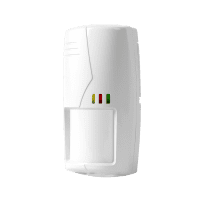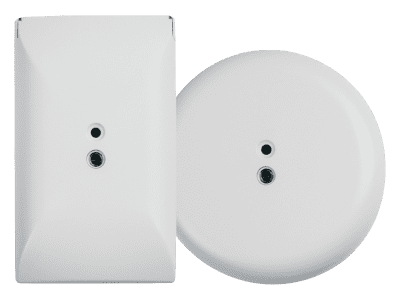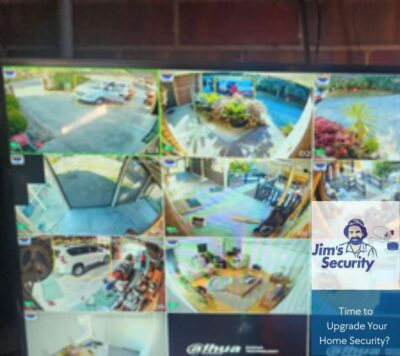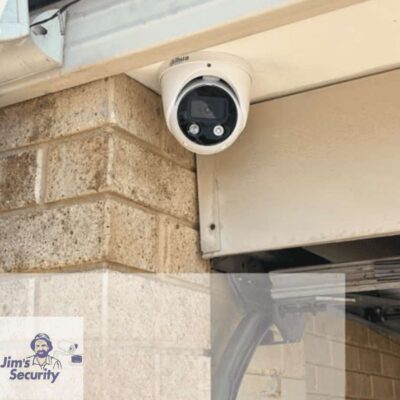False alarms are not only a waste of time and money for homeowners, but also a pain to those around them such as neighbours and police. While most households will have experienced false alarms at one time or another, they are easily preventable. The following article outlines the 4 common causes of false alarms and how to avoid them.
Cause: Pets
Solution: Pet Immune PIR Sensors
Active pets are a common cause of false alarms, and surprisingly, so are seemingly inactive ones. Many times owners will leave their cat inside with the alarm activated, thinking that it will only sleep for a few hours while they’re gone. But when the cat inevitably gets up to stretch, wander around or knocks over a vase, this will trip the alarm.
For those who keep their pets inside, installing pet-immune sensors is the most appropriate solution. Not only will you be able to stop worrying about costly and time-consuming false alarms, but your furry friend can also roam around as they please.

Passive infrared (PIR) sensors work by detecting infrared energy from objects (humans, pets, etc.). When equipped with pet immunity these sensors can measure the size and temperature of moving objects as a way of distinguishing pets from intruders. Most systems commonly disregard motion caused by animals weighing less than 15kg or 40 kg.
If you are unwilling to purchase Pet Immune PIRs and only intend to leave your pet inside for short periods of time e.g. 30 minutes, it is recommended that you leave them in a confined section of the home, without sensors, such as in the laundry, bathroom or bedroom.
Cause: Storms & Windy Weather
Solution: Locked Doors & Closed Windows, Properly Installed PIRs, Specialised Camera Technology
Storms and windy weather can sometimes set off an alarm by tripping a motion detector or glass break detector or blowing a door open. While a somewhat obvious tip, to prevent this you should ensure that all your windows are closed and doors are locked – only a small gust of wind can cause your window or door to come ajar and trigger your alarm. That said, leaving windows open or doors unlocked is a common cause of false alarms in itself, not to mention a security risk.
Another tip is to have your PIR sensors installed facing away from windows. Installing PIRs facing windows is a common DIY don’t. Again, this issue goes above and beyond windy weather. PIRs detect temperature, so if it suddenly turns from cloudy to sunny, this could trigger your sensor. Additionally, the more ambient light in a PIR’s field of view, the less sensitive it’ll be, making your sensor less effective if it is facing a window. Not to mention there is much more movement outside, compared to inside – think of pets running around in the backyard, rain, trees blowing in the wind and leaves falling.

Finally, if you are interested in a CCTV system that is able to trigger your alarm, choose one with advanced motion detection features. For example, Swann Security’s True Detect™ uses an inbuilt thermal PIR sensor, in addition to a traditional motion detector, to trigger alarms when thermal radiation at a normal human temperature is detected from moving people-sized or larger objects. On the other hand, Dahua’s Smart Motion Detection (SMD) aims to eliminate false alarms by using advanced algorithms to differentiate between the shape of humans and vehicles within a scene – only triggering an alarm and sending notifications when a person or vehicle is detected.
Cause: Sensitive Glass Break Detectors
Solution: Identifying Triggers and Adjusting Sensitivity
Glass break detectors work by monitoring vibration. The idea behind them is that frequency or shock waves associated with glass shattering will set off an alarm. However, these detectors can also be triggered by other loud noises – once again, the common culprit is pets. Loud noises such as barking or a vase being knocked off the counter are also amplified by hard surfaces such as hardwood floors or tiles, making your alarm more likely to be tripped.
To avoid this issue, it is recommended that you discuss possible triggers with your local Jim’s Security Technician. This will help them advise you of an appropriate sensitivity for your glass break detector and where the best position for it may be. If buying a glass break detector yourself, look out for models which allow the sensitivity to certain frequencies to be adjusted.
Cause: Lack of Maintenance
Solution: Changing Batteries
Not checking your batteries or back-up batteries every few years or ignoring low battery warnings can actually trigger false alarms. It is recommended that the batteries of an alarm system are changed every 3 to 5 years, depending on how often you use your alarm. If you use your alarm regularly we recommend changing your batteries every 3 years.
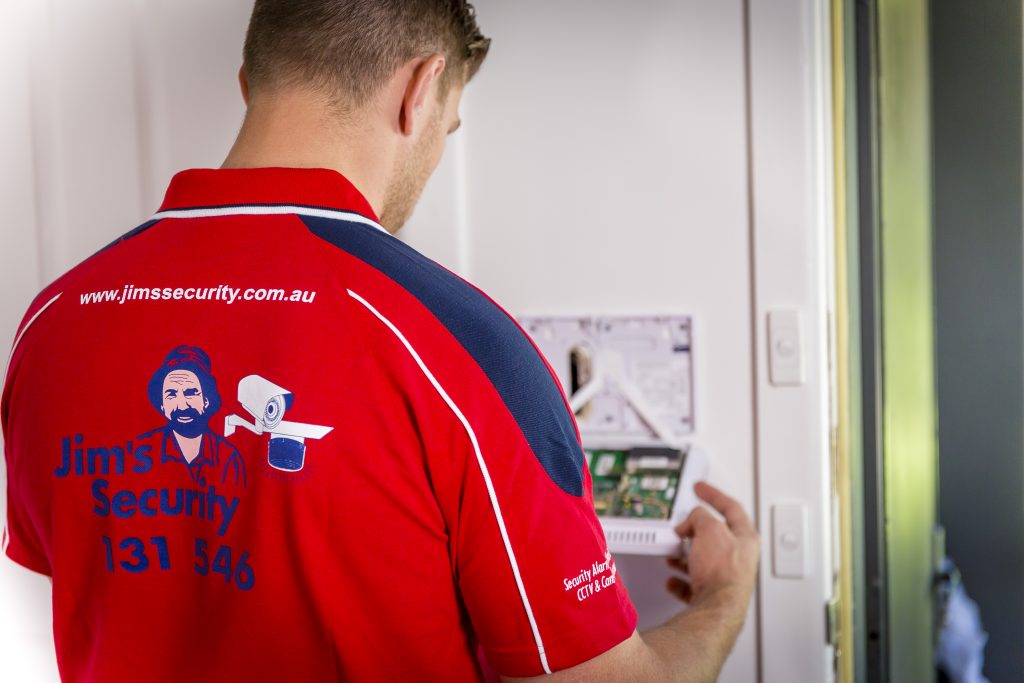
Overall, false alarms are predominantly due to user error, improper installation and maintenance or pets. While the above tips provide ways to prevent false alarms from occurring – it is also important to consider how your alarm is monitored. For those who are friendly with their neighbours or have family close-by and often have their phone by their side – a self monitored alarm will usually suffice. However, a monitored home security system with 24/7 monitoring is the most secure option. This is as, if your alarm is triggered, the event will always be investigated by your monitoring provider.
For further advice on how to prevent false alarms, assistance installing a new alarm system or inquiries about 24/7 professional monitoring services offered by Jim’s Security don’t hesitate to give us a call on 131 546, or book a free onsite no obligation quote online.
